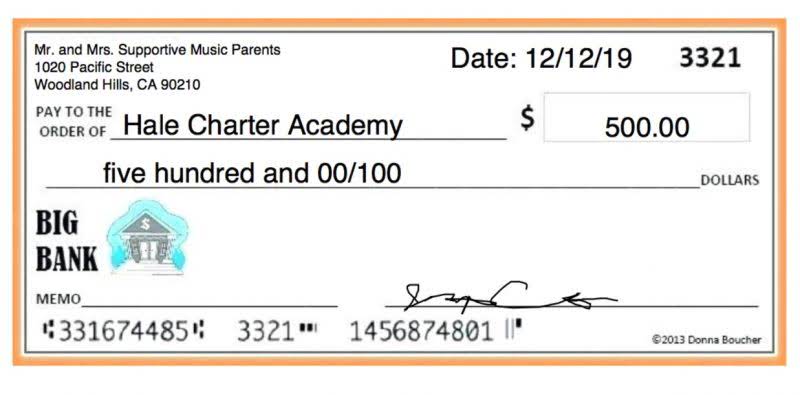
The cash flow is discounted to a lesser sum that eliminates the interest component—hence the term discounted cash flow. The future amount can be a single payment at the date of maturity or a series of payments over future time periods or some combination of both. Notes receivable represents an asset for a company, similar to accounts receivable, but with distinctive features. Unlike accounts receivable, which are typically short-term and arise from sales on credit, notes receivable involve formal agreements with specified repayment terms.
Trulieve Reports Fourth Quarter and Full Year 2023 Results Highlighting Year End Momentum and Cash Generation - Cannabis Business Times
Trulieve Reports Fourth Quarter and Full Year 2023 Results Highlighting Year End Momentum and Cash Generation.
Posted: Thu, 29 Feb 2024 08:00:00 GMT [source]
Noncurrent assets include a variety of assets, such as fixed assets, intellectual property, and other intangibles. In general, a fixed asset is a physical asset that cannot be converted to cash readily. Noncurrent assets are a company's long-term investments, and cannot be converted to cash easily within a year. They are required for the long-term needs of a business and include things like land and heavy equipment. Current assets are considered short-term assets because they generally are convertible to cash within a firm's fiscal year. They are the resources a company needs to run its day-to-day operations and pay its current expenses.
Where Is A Notes Receivable Reported In The Balance Sheet?
A notecan be requested or extended in exchange for products and servicesor in exchange for cash (usually in the case of a financiallender). Several characteristics of notes receivable further definethe contract elements and scope of use. To illustrate notes receivable scenarios, let’s return to Billie’s Watercraft Warehouse (BWW) as the example. BWW has a customer, Waterways Corporation, that tends to have larger purchases that require an extended payment period. On January 1, 2018, Waterways purchased merchandise in the amount of $250,000.
The Revenue Recognition Principle requires that the interest revenue accrued is recorded in the period when earned. Periodic interest accrued is recorded in Interest Revenue and Interest Receivable. The following example uses months but the calculation could also be based on a 365-day year. A note receivable is an unconditional written promise to pay a specific sum of money on demand or on a defined future date and is supported by a formal written promissory note. For this reason, notes are negotiable instruments the same as cheques and bank drafts. It is not unusual for a company to have both a Notes Receivable and a Notes Payable account on their statement of financial position.
Notes Receivable
Interest Receivable decreasing (credit) reflects the 2018 interest owed from the customer that is paid to the company at the end of 2019. The second possibility is one entry recognizing principal and interest collection. A note payable is the counterpart to a note receivable, with the maker of the are notes receivable current assets note being the debtor who is obligated to pay the note. The principal balance of the note receivable is the principal of the note reported on the balance sheet date. Current notes receivable are expected to be collected within a year, while non-current notes receivable have longer maturities.
- For example, a company may have an outstanding account receivable in the amount of $1,000.
- Notes receivable usually arise when accounts receivable are converted to notes receivable when the customer wants to extend the date of payment and in return agrees to pay interest.
- Thus, the payee of the note should debit Accounts Receivable for the maturity value of the note and credit Notes Receivable for the note’s face value and Interest Revenue for the interest.
- The customer negotiates with the company on June 1 for a six-month note maturity date, 12% annual interest rate, and $250 cash up front.
- The terms of the note receivable state that the customer must repay the principal amount of $10,000 plus interest accrued at 8% per year by the maturity date of January 1, 2024.
- You are the owner of a retail health food store and have several large companies with whom you do business.
After issuance, long-term notes receivable are measured at amortized cost. Determining present values requires an analysis of cash flows using interest rates and time lines, as illustrated next. A note receivable expected to be repaid within a year is typically classified as a current asset.
Examples of Notes Receivable
The following example uses months but thecalculation could also be based on a 365-day year. BWW issued Sea Ferries a note in the amount of $100,000 on January 1, 2018, with a maturity date of six months, at a 10% annual interest rate. On July 2, BWW determined that Sea Ferries dishonored its note and recorded the following entry to convert this debt into accounts receivable.




